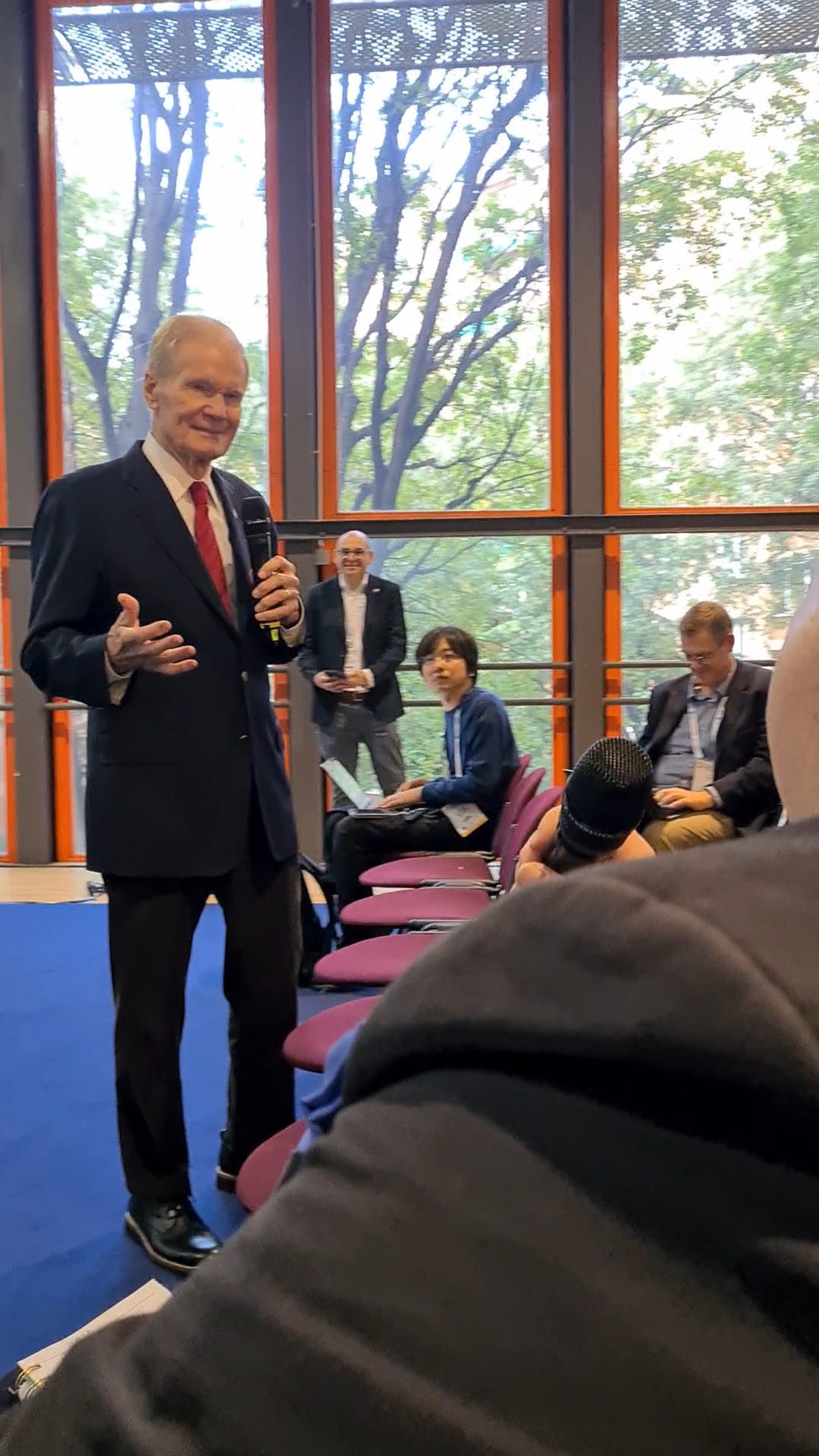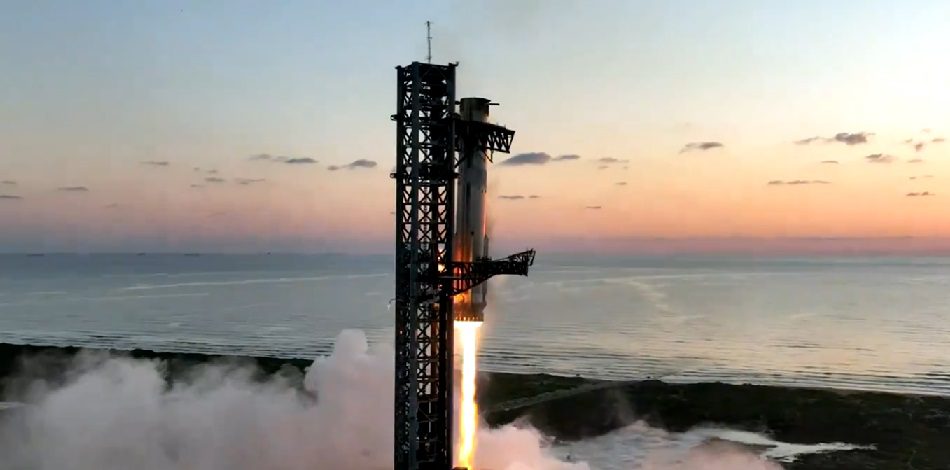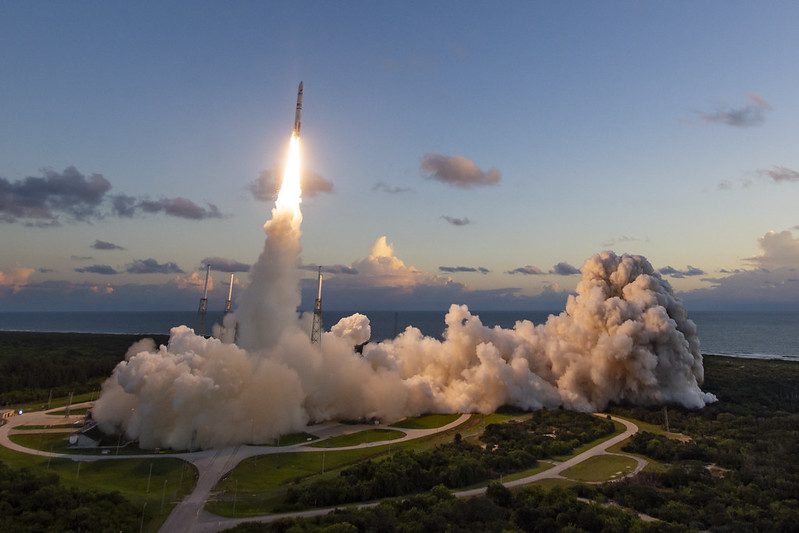More information from NASA studies about deflecting humanity destroying asteroids (Near Earth Objects, NEOs, as they are also known) has emerged with a presentation at the 44th AIAA Joint Propulsion Conference by NASA Glenn Research Center’s Stanley Borowski. Flight published a story about NASA’s work in this area last year. That was about a nuclear weapon carrying deflection mission that used chemical rockets but Borowski’s work has looked at nuclear propulsion
click on all the images in this blog post from Borowski’s presentation for a larger version in the same browser window
Borowski’s study concluded that for deflection of large (~1 km diameter) NEOs on final approach a high energy yield nuclear payload (~1 kT/kg) “appears to be the most viable approach [and] delivery on a high velocity [nuclear engine propelled] intercept stage can also help maximize the intercept range and deflection time”





